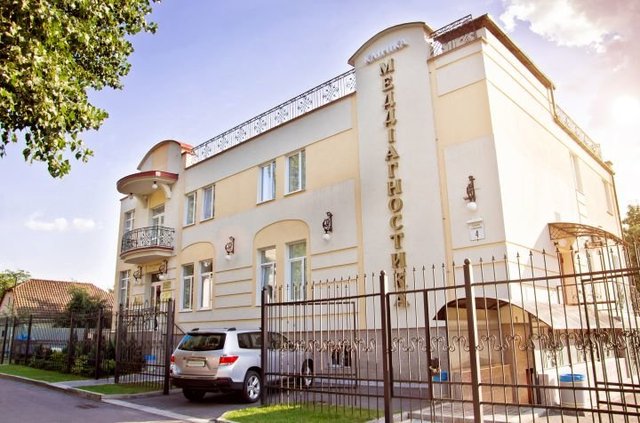5 main diagnostic methods in modern medicine
Diagnosis is often a group of procedures where the type of patient’s disease is set. Competent doctors perform their job with maximum precision, determined by academic knowledge, rich expertise in patient management and also the achievements of medication with the latest generations. And yet, despite such initial data, diagnostics is not infallible, since medicine retains a long way to travel, and maybe we are on the verge of major discoveries.

Exactly what is a diagnosis?
An analysis is a list of signs that serve to determine the nature of the disease, plus the a higher level its development. To identify a medical problem and begin the proper treatment, a professional doctor relies upon modern diagnostic methods, among which you can find five main ones.
5 diagnostic methods
To supply the patient with complete information about his diagnosis, a doctor will use one or more of these methods:
1. Clinical diagnosis
This is actually the most common means for building a diagnosis. It can be using a visual examination and laboratory tests, with the aid of that the doctor will identify a selected disease in the patient. Furthermore, this kind of diagnosis has the capacity to declare the possible lack of any disease in the patient, that will mean his tendency to hypochondria.
2. Differential diagnosis
Such a diagnosis takes into account diseases that could modify the clinical picture from the patient. Often it needs a group of additional tests, since with their help a lot of the possible reasons for the development of the illness might be excluded. As an example, when fever, headaches, or fatigue occur, a differential diagnosis is needed with there being many diseases that typical to these symptoms.
3. Etiological diagnosis
This approach targets recognizing the factors that led to the appearance of a given disease inside a patient. As an example, if an individual has severe bronchitis, then only via an etiological diagnosis may i learn whether simply because the habit of smoking.
4. Nosological diagnosis
Nosology permits the doctor to make certain that he has the characteristic manifestations of an particular disease, mainly because it has already been described by his predecessors and combined in a specific clinical picture. Quite simply, with the aid of the therapy lamp of ??medicine, doctors will give further diagnostics the proper direction.
5. Topographic diagnostics
This is a method depending on the localization and detection of lesions in organs and tissues. To expect knowing the signs through the body anatomy, which is often susceptible to alterations in the path of the illness.
After collecting data while using the above diagnostic methods, the physician expresses a hypothetical hypothesis concerning the patient’s disease. Greater studies will be applied, greater accurate diagnosing will likely be and also the better treatments will be.
For more information about Diagnostics of the nervous system go our new net page